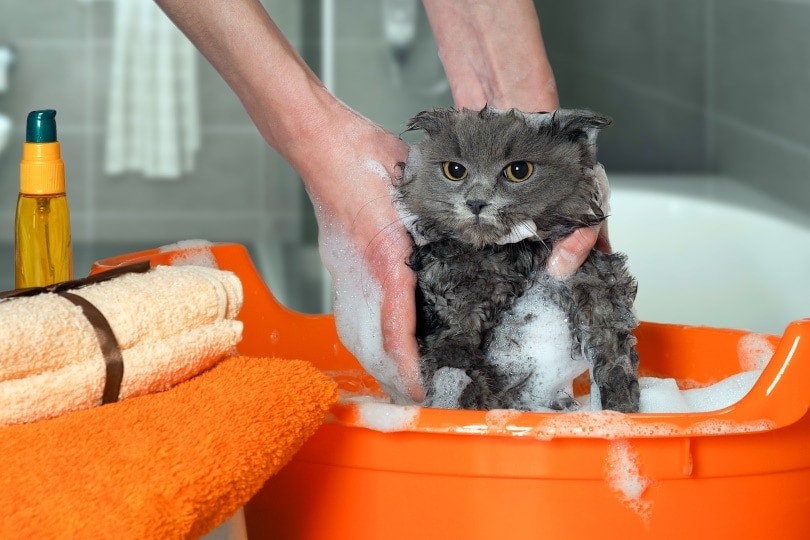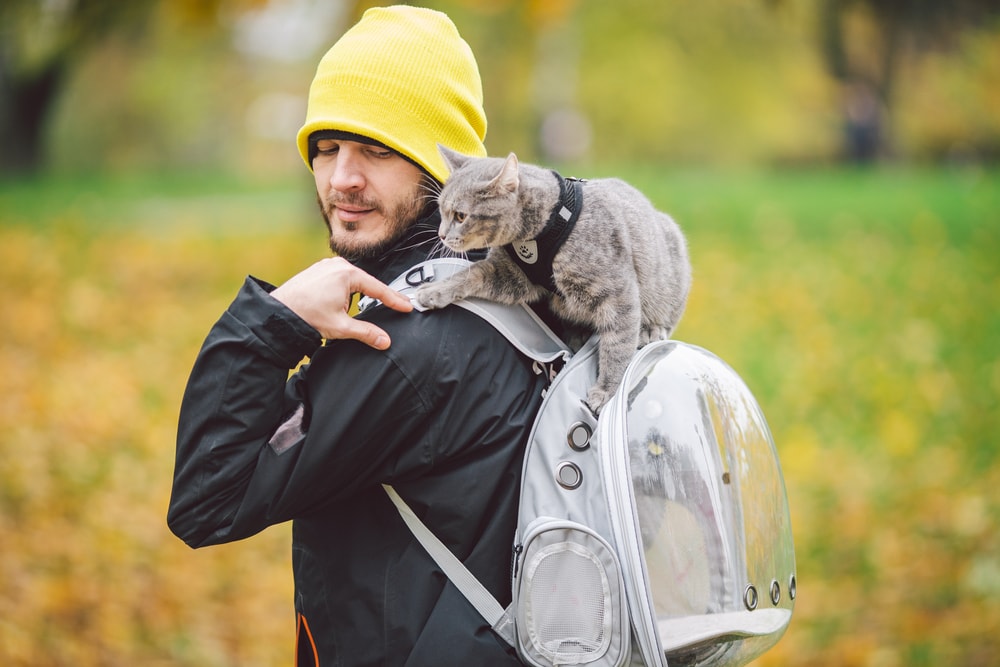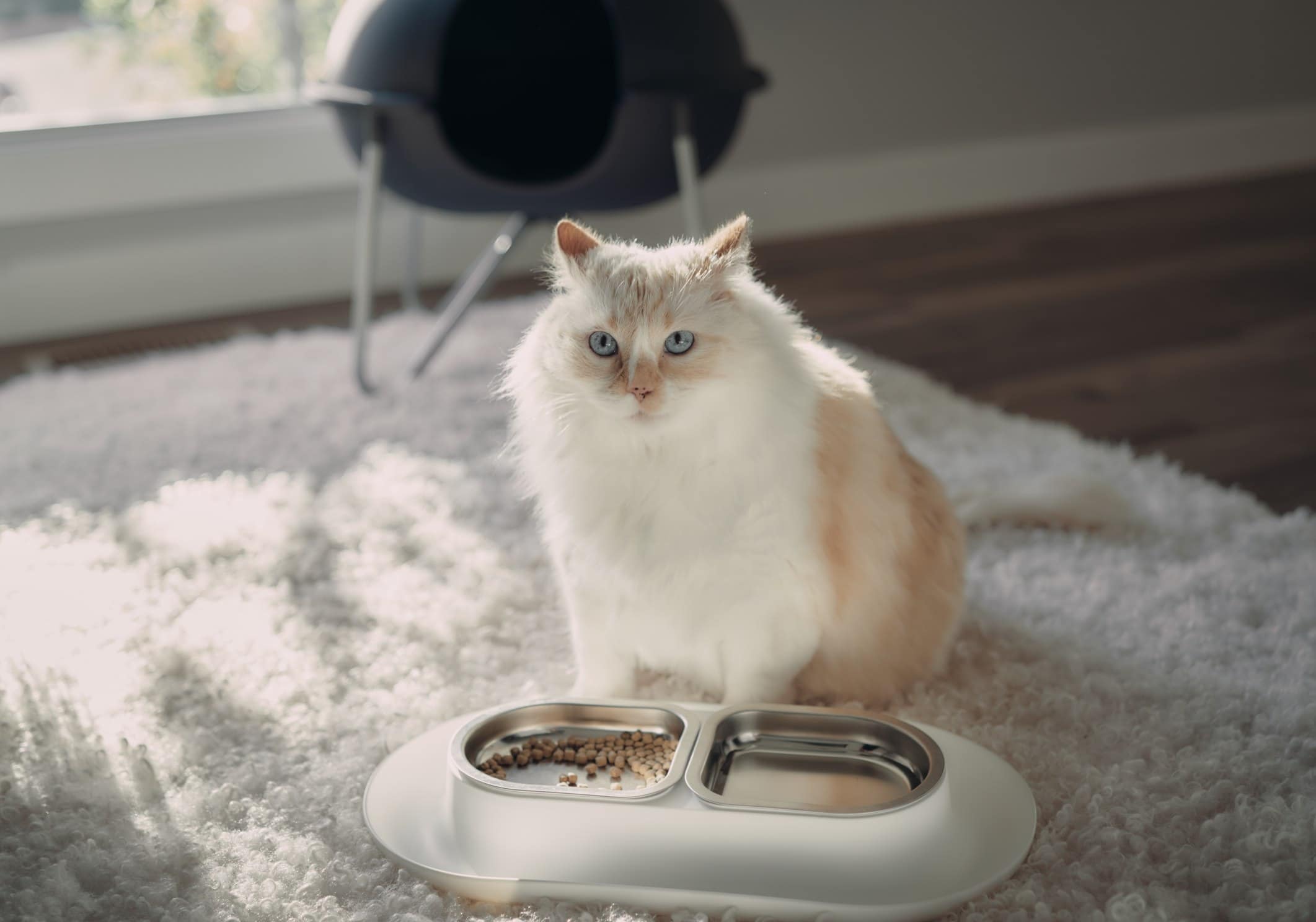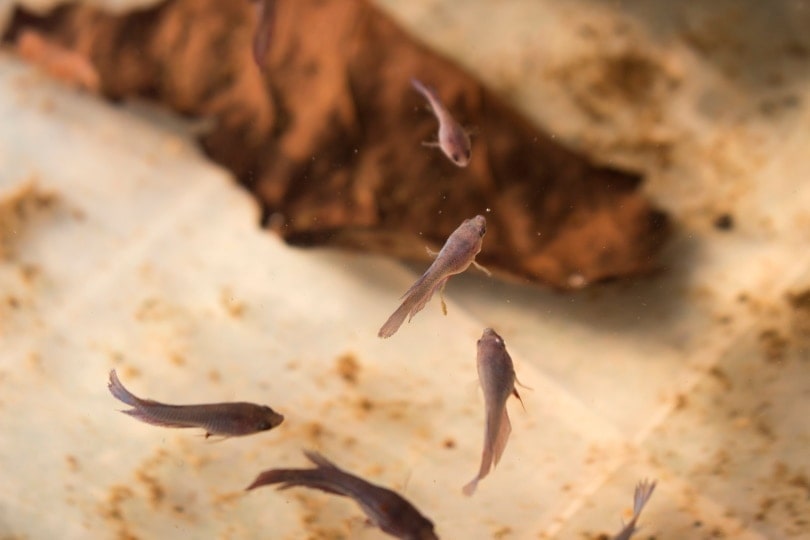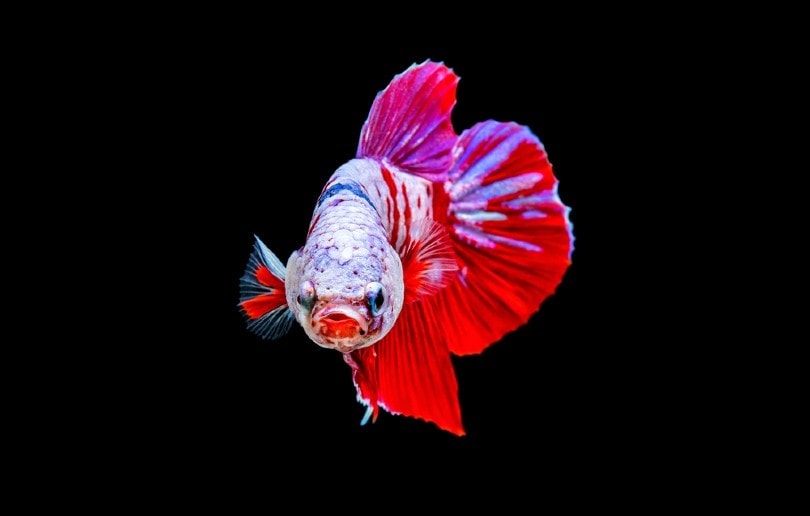How Long Can Cats Hold Their Pee? Important Care Facts
By Hallie Roddy
Updated on
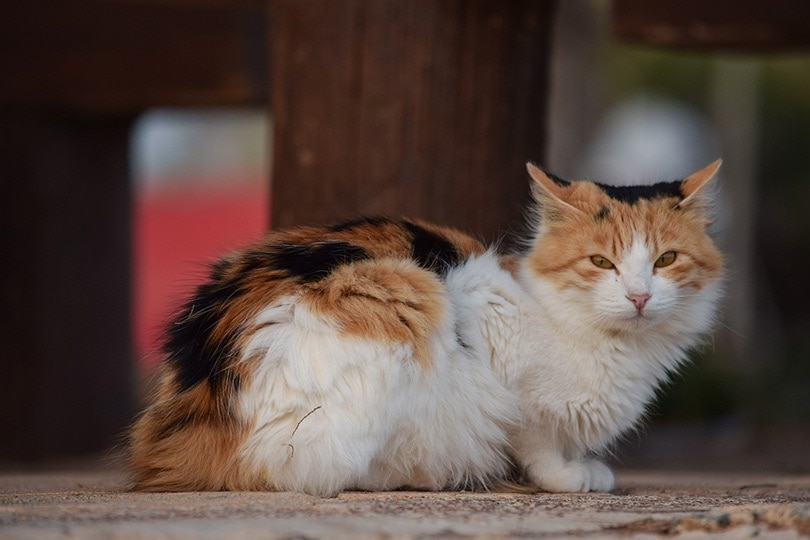
Our cats have no real way of communicating to us when they need to use the restroom—training them to use the litter box only goes so far. Unfortunately, there are times when their litter box is so dirty that they don’t want to use it, or they may feel ill and have accidents.
Those of us that allow our pets outdoors might even let our cats outside to use the bathroom instead of keeping a litter box in the house. Regardless of the situation, it is valuable information as a pet owner to know how long your cat can hold their bladder. Cats might be seen holding their bladder for 12–24 hours, but they should never do this in normal circumstances. If you don’t notice your cat urinating as often as they normally do or at least twice daily, make sure to take them to your vet immediately. Leaving a urinary blockage untreated poses a threat to your cat’s life.
How Long Can Cats Hold Their Pee?
Some cats can hold their pee for a surprisingly long time. Even so, it is important to consider whether your cat has outdoor access or may have urinated in an unusual place. If you know for sure that your cat has been holding their pee for more than 12 hours, that doesn’t mean that they should have.
How long cats can hold their bladders also depends on the situation that they’re in. If your cat has stopped eating or drinking, they might go for long hours without using the bathroom. However, dangerous toxins start to accumulate inside the body after approximately 12 hours and could make them feel worse. Generally speaking, healthy cats should be using the bathroom two to four times per day, though the exact frequency depends on several factors.
Why Isn’t Your Cat Peeing as Often as Usual?
Cats can sometimes hold their pee in for a long time. This doesn’t mean that they should, though. Holding their pee is usually an indication that they’re sick, and a trip to the vet is vital to ensure their well-being.

1. FLUTD
Feline lower urinary tract disease (FLUTD) is an umbrella term that includes multiple conditions that affect a cat’s lower urinary tract and urinating habits. This disease can happen at any age, though it is more common for middle-aged or overweight cats. Cats that use an indoor litter box or eat dry food exclusively are also at higher risk. FLUTD can be caused by urethral plugs causing an obstruction, which is an emergency situation. Make sure to take your cat to the vet immediately if an obstruction is suspected. Signs of FLUTD include:
- Blood in urine
- Inability to urinate
- Crying and vocalizing while urinating
- Frequent unproductive attempts to urinate
- Swollen abdomen
- Restlessness
- Irritability
- Frequent urination
- Urination in inappropriate places
- Painful urination
- Small volumes of urine
The most common cause of FLUTD is feline idiopathic cystitis, though other common causes include urinary tract infections and bladder stones.
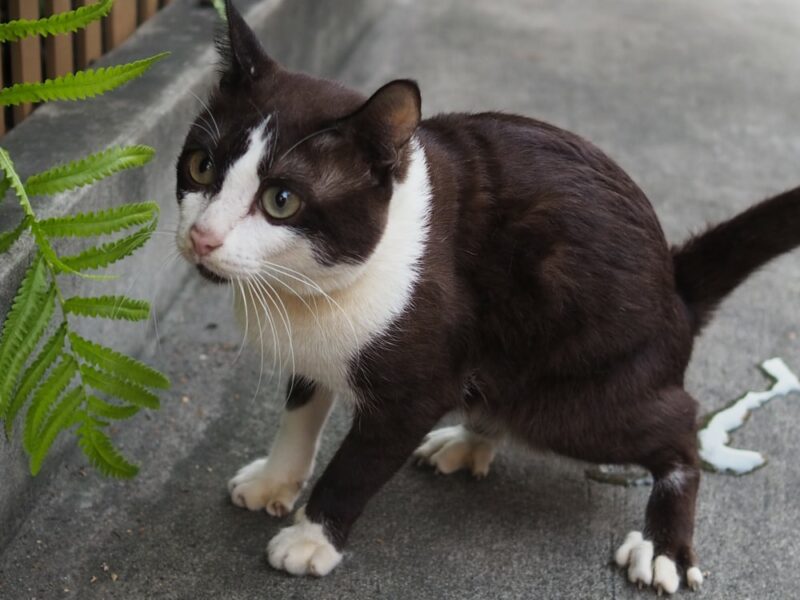
2. Stress
Like humans, cats can get stressed for many reasons. Even the most minor changes in their environment can trigger stress and change their behaviors. Stress can have a negative impact on a cat’s body, including their urinary habits. If your cat isn’t using the litter box all that much, they might be holding it in or using somewhere else in the house as their bathroom. The best thing that you can do is keep a close eye on your cat to find the source of their stress and eliminate it as soon as possible. Contact your vet, and work closely with them to ensure your cat’s well-being.
3. Bacterial Cystitis
If your cat isn’t using the bathroom regularly, it could be a sign of bacterial cystitis (UTI), though this is considered to only happen in 5% to 15% of all cases. Cystitis is a health problem that causes the bladder to become inflamed and makes peeing more difficult and painful. Bacterial cystitis is often caused by ascending bacteria that travel to your cat’s urinary tract. Your vet will likely require a urinary culture to confirm the diagnosis. A UTI can be uncomfortable and can have serious consequences if it goes untreated.
Final Thoughts
A cat might be able to go up to 12 hours without peeing, but this is not considered normal, so you’ll need to investigate the deeper reason for this behavior. Make sure your cat can always access a suitable clean litter box.
Healthy cats should be peeing two to four times per day. It is best to reach out to your vet whenever you have a concern about your cat’s behavior or routine. Ensure that your cat has access to a clean litter box or that they are allowed outdoors to use the bathroom. Your kitty’s urination habits are an essential factor in their health and something that you need to pay close attention to.
Featured Image Credit: dimitrisvetsikas1969, Pixabay




